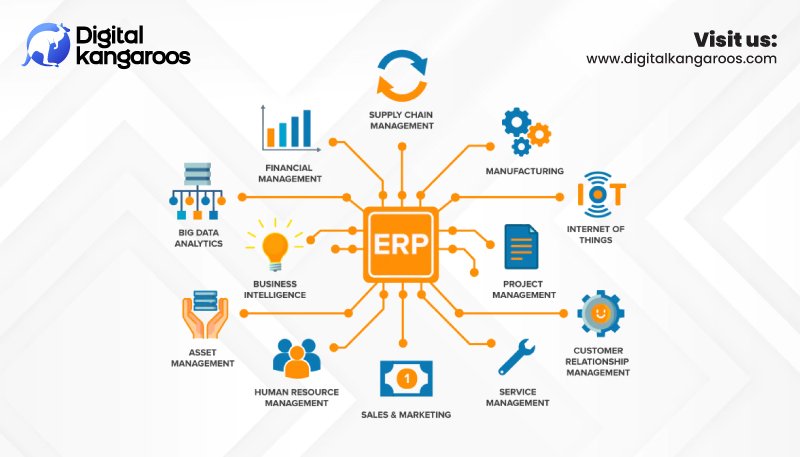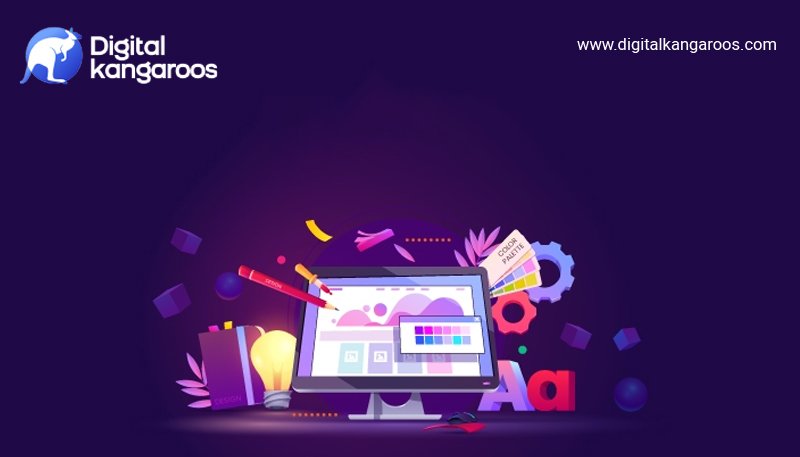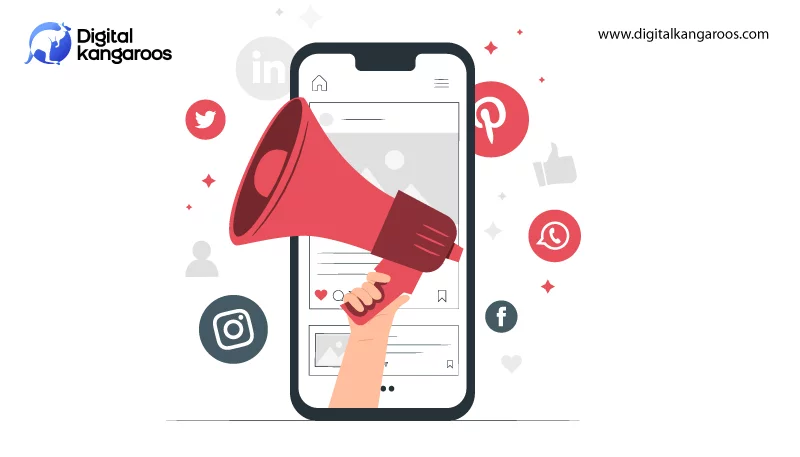In today’s fast-paced e-commerce landscape, enterprise Shopify stores require more than just a powerful platform—they need seamless integration with Enterprise...
In today’s fast-paced e-commerce landscape, enterprise Shopify stores require more than just a powerful platform—they need seamless integration with Enterprise Resource Planning (ERP) systems to manage operations efficiently. ERPs help businesses streamline inventory, finance, supply chain, and customer management, ensuring smooth workflows and better scalability. At Digital Kangaroos, we understand the importance of choosing the right ERP for your Shopify enterprise/ Shopify Plus Stores. That’s why we’ve compiled a list of the most commonly used ERPs for Shopify businesses, along with their key features, differences, and integration options.
Top ERPs for Shopify Ecosystem & Their Key Differences
1. NetSuite (Oracle NetSuite)
Best For: Mid-to-large enterprises needing a scalable cloud-based ERP.
Key Features: Advanced inventory management, financial reporting, multi-channel commerce, CRM, and automation.
Shopify Integration: Connects via apps like Celigo, Patchworks, and Boomi for real-time inventory and order syncing.
Choose It? More comprehensive and robust than most other ERPs, ideal for global e-commerce brands. However, it’s expensive and complex to implement.
2. SAP Business One & SAP S/4HANA
Best For: Large enterprises with complex operations.
Key Features: Advanced finance, procurement, inventory, and supply chain management.
Shopify Integration: Custom integrations via middleware like APPSeCONNECT, Patchworks, or MuleSoft.
Why Choose It? Highly customizable and powerful, but better suited for manufacturers and wholesalers due to higher costs and complexity.
3. Microsoft Dynamics 365 Business Central
Best For: Growing businesses looking for scalability.
Key Features: Accounting, sales, purchasing, supply chain, and customer service automation.
Shopify Integration: Direct integration via Microsoft’s Shopify connector or third-party solutions.
Why Choose It? More user-friendly and cost-effective than SAP, with strong Microsoft ecosystem integration.
4. Acumatica
Best For: Fast-growing e-commerce businesses needing a cloud ERP.
Key Features: Financials, order management, CRM, and multi-location inventory tracking.
Shopify Integration: Native Shopify integration via Acumatica Commerce Edition.
Why Choose It? A flexible, cloud-first ERP that offers better scalability for mid-sized businesses compared to SAP and NetSuite.
5. Odoo
Best For: Small to mid-sized businesses looking for open-source ERP solutions.
Key Features: Modular CRM, inventory, sales, and HR solutions.
Shopify Integration: Odoo-Shopify connector for seamless syncing of orders, customers, and inventory.
Why Choose It? Affordable and customizable, but may require more manual configuration compared to other ERPs.
6. Brightpearl
Best For: Retail and e-commerce brands.
Key Features: Omnichannel retail management, POS, accounting, and inventory tracking.
Shopify Integration: Native integration for real-time syncing of stock, orders, and customers.
Why Choose It? Specifically designed for retail businesses, making it more Shopify-friendly than traditional ERPs.
ERP Comparison: Which One Should You Choose?
| ERP | Best For | Shopify Integration | Strengths | Weaknesses |
| NetSuite | Large enterprises | Celigo, Boomi | Scalable, feature-rich | Expensive, complex |
| SAP | Large enterprises | APPSeCONNECT, MuleSoft | Powerful customization | Costly, high learning curve |
| Dynamics 365 | Growing businesses | Microsoft Shopify Connector | Microsoft ecosystem | May require external consultants |
| Acumatica | Mid-sized businesses | Native | Cloud-based, scalable | Less enterprise-focused |
| Odoo | Small to mid-sized | Odoo-Shopify Connector | Open-source, customizable | Can be complex to set up |
| Brightpearl | E-commerce brands | Native | Retail-focused, real-time data | Not ideal for non-retail industries |
Which ERP Is Best for Your Shopify Enterprise?
- For large enterprises → NetSuite or SAP Business One
- For mid-sized businesses → Acumatica or Microsoft Dynamics 365
- For small-to-mid e-commerce brands → Brightpearl or Odoo
Choosing the right ERP is crucial for your business’s efficiency, scalability, and long-term success. Need help integrating an ERP into your Shopify store?
Let’s discuss how Digital Kangaroos can help you choose and integrate the best ERP for your business.
FAQs on ERP Integration for Shopify Enterprises
1. What is an ERP, and why do Shopify merchants need one?
An ERP (Enterprise Resource Planning) system is a centralized software that helps businesses manage inventory, finance, customer relationships, and supply chain operations. Shopify merchants need an ERP to streamline workflows, improve efficiency, and scale seamlessly as their business grows.
2. Which ERP is best for Shopify stores?
The best ERP for your Shopify store depends on your business size and needs:
- Large enterprises: NetSuite, SAP Business One
- Mid-sized businesses: Microsoft Dynamics 365, Acumatica
- Small to mid-sized brands: Brightpearl, Odoo
3. How does ERP integration benefit my Shopify store?
ERP integration helps with:
Real-time inventory tracking to prevent stockouts
Automated order processing for faster fulfillment
Accurate financial reporting for better decision-making
Improved customer experience with seamless data management
4. Can I integrate an ERP with Shopify without technical expertise?
Yes, many ERPs offer native Shopify integrations (like Brightpearl and Acumatica), while others require middleware solutions (such as Celigo or APPSeCONNECT). However, for custom integrations, it’s best to consult Shopify experts like Digital Kangaroos for smooth implementation.
5. What’s the difference between cloud-based and on-premise ERPs?
- Cloud-based ERPs (e.g., NetSuite, Acumatica) are hosted online, scalable, and accessible from anywhere.
- On-premise ERPs (e.g., SAP Business One) are installed on local servers, offering more control but requiring higher maintenance costs.
6. How much does it cost to integrate an ERP with Shopify?
The cost varies depending on:
The ERP system you choose (some are subscription-based, others require a one-time setup)
Integration complexity (native vs. custom integration)
Additional features like multi-store management, automation, and reporting
7. How long does ERP integration take?
The timeline depends on:
Business size and data complexity (e.g., large enterprises take longer)
Type of ERP (native integrations are faster than custom integrations)
Number of Shopify stores to be connected
Typically, basic ERP integrations take a few weeks, while advanced custom setups may take months.
8. How do I choose the right ERP for my Shopify business?
Consider:
Business size (small, mid-sized, or large enterprise)
Features needed (inventory, finance, CRM, automation, etc.)
Scalability (will it grow with your business?)
Integration ease (does it have native Shopify connectors?)
Budget (subscription cost, implementation fees, and support costs)
9. Is ERP integration worth it for small Shopify businesses?
Yes! Even small businesses benefit from automation, real-time tracking, and improved efficiency. If a full-scale ERP isn’t needed, cost-effective options like Odoo or Brightpearl can help manage operations seamlessly.
10. How can Digital Kangaroos help with ERP integration for Shopify?
At Digital Kangaroos, we offer:
- ERP consultation to choose the best solution for your Shopify store
- Seamless integration with Shopify using native connectors or middleware
- Customization for specific business needs
- Ongoing support to optimize your operations
Need expert advice on ERP integration? Let’s discuss how to streamline your Shopify business!









